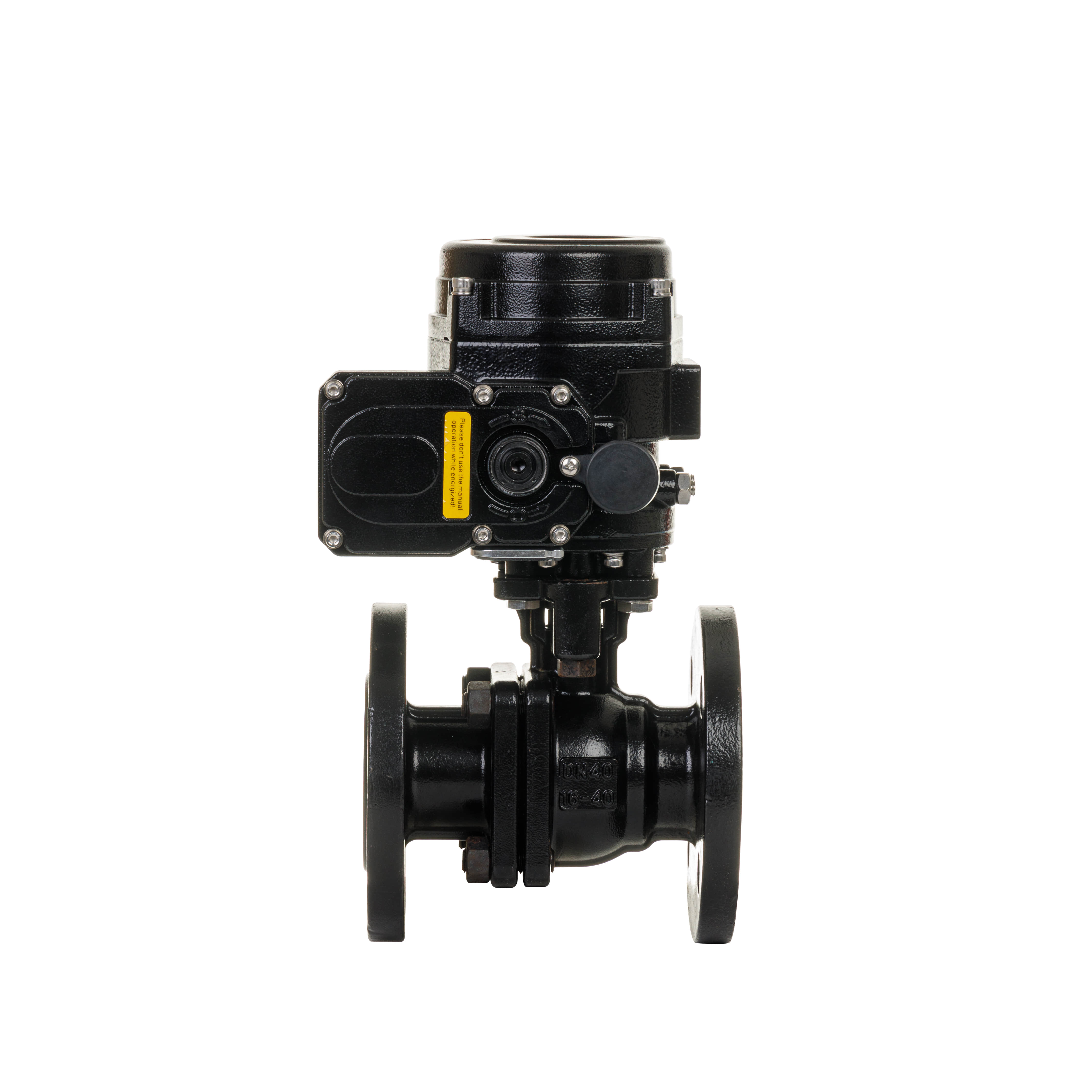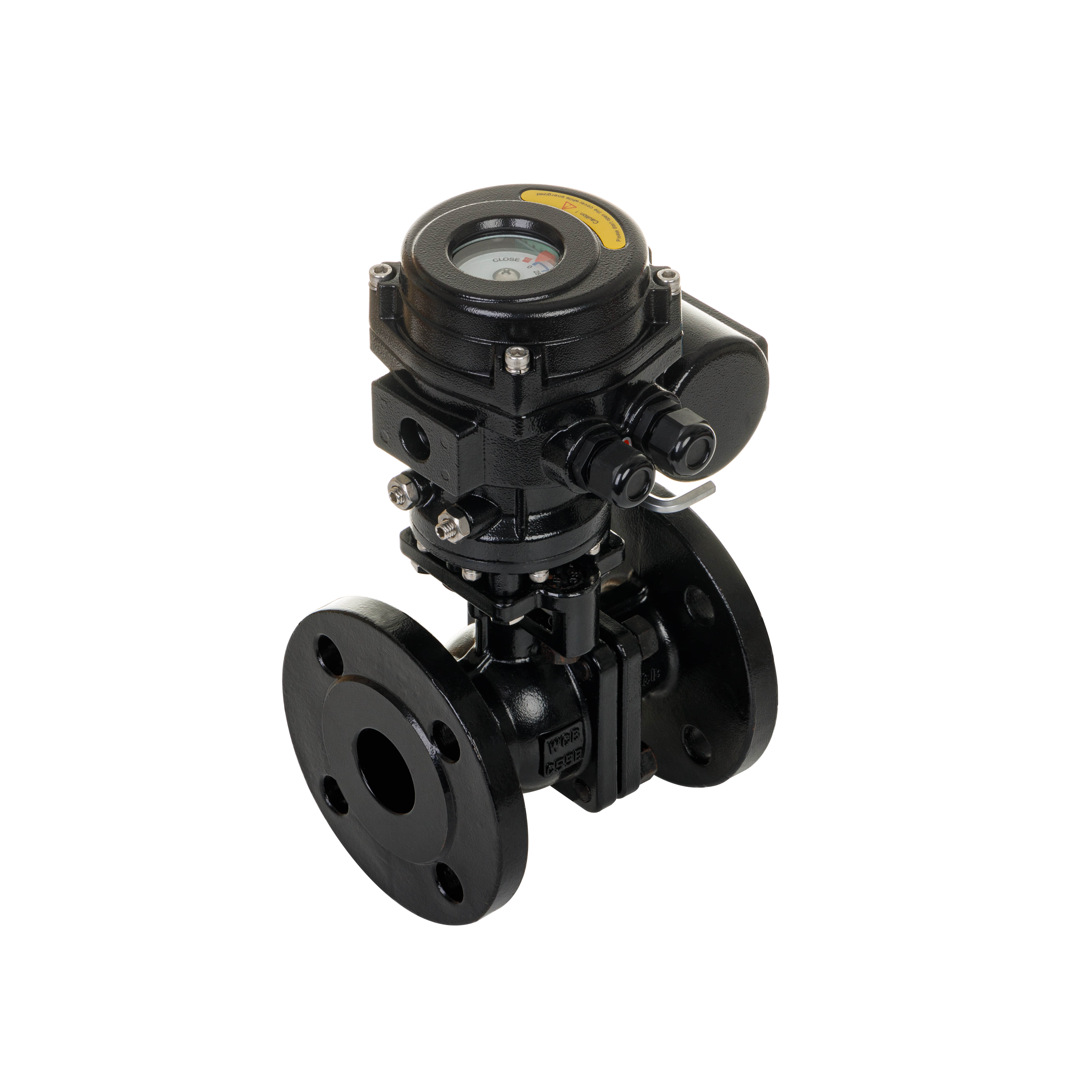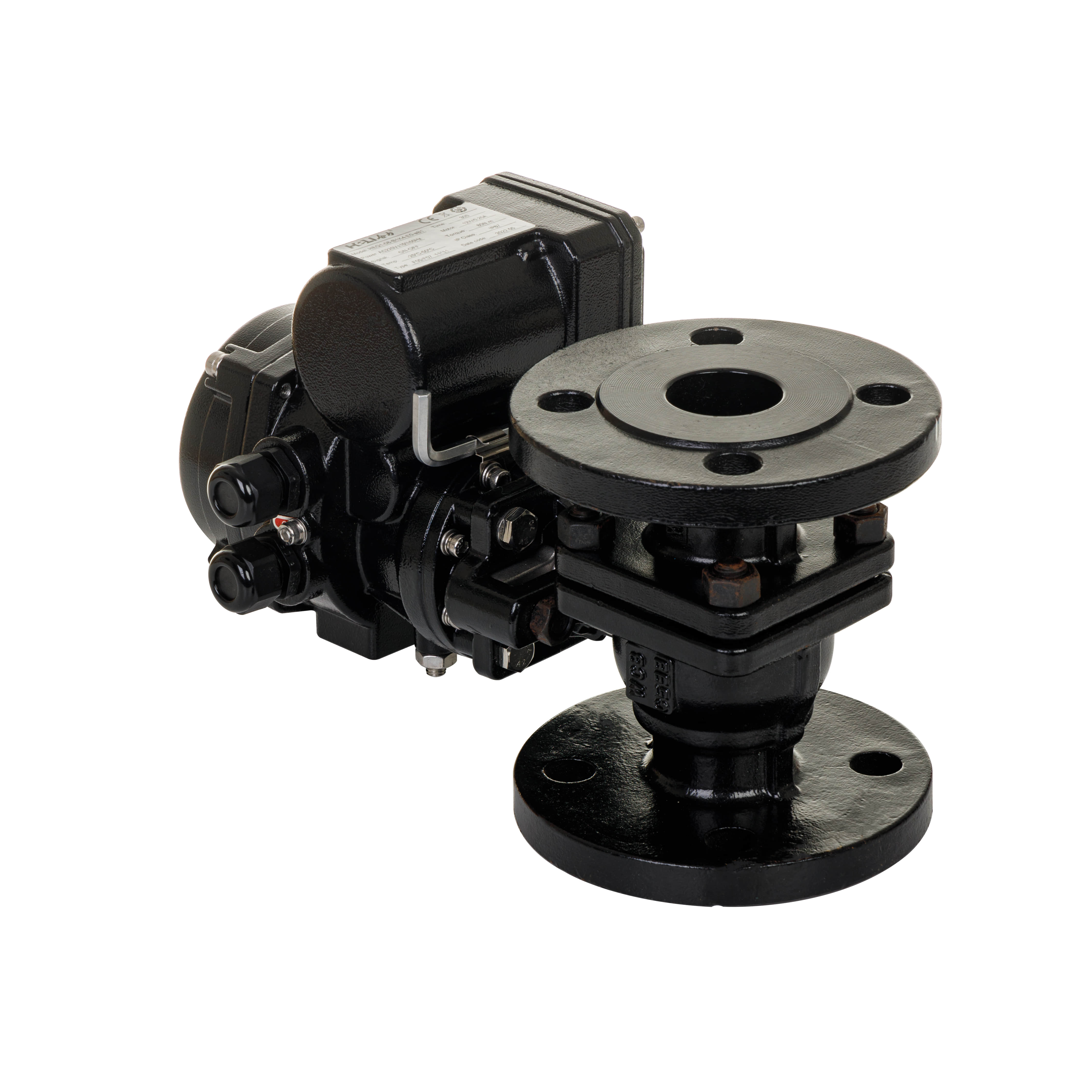
The stainless steel electric flange ball valve is a crucial component in various industrial applications, offering superior performance, reliability, and efficiency. This type of valve is designed to control the flow of fluids through pipelines by utilizing an electric actuator, which allows for precise and automated operation. Its robust construction, primarily from stainless steel, makes it resistant to corrosion, ensuring a long service life even in challenging environments.

One of the key features of the stainless steel electric flange ball valve is its design. The valve typically consists of a ball with a hole through its center, which rotates within the valve body to either allow or block fluid flow. When the valve is fully open, the flow path is unobstructed, enabling efficient fluid transfer. Conversely, when closed, the ball seals against the valve seat, preventing any leakage. This mechanism provides a quick and effective means of flow control, making it ideal for applications where immediate response is necessary.

